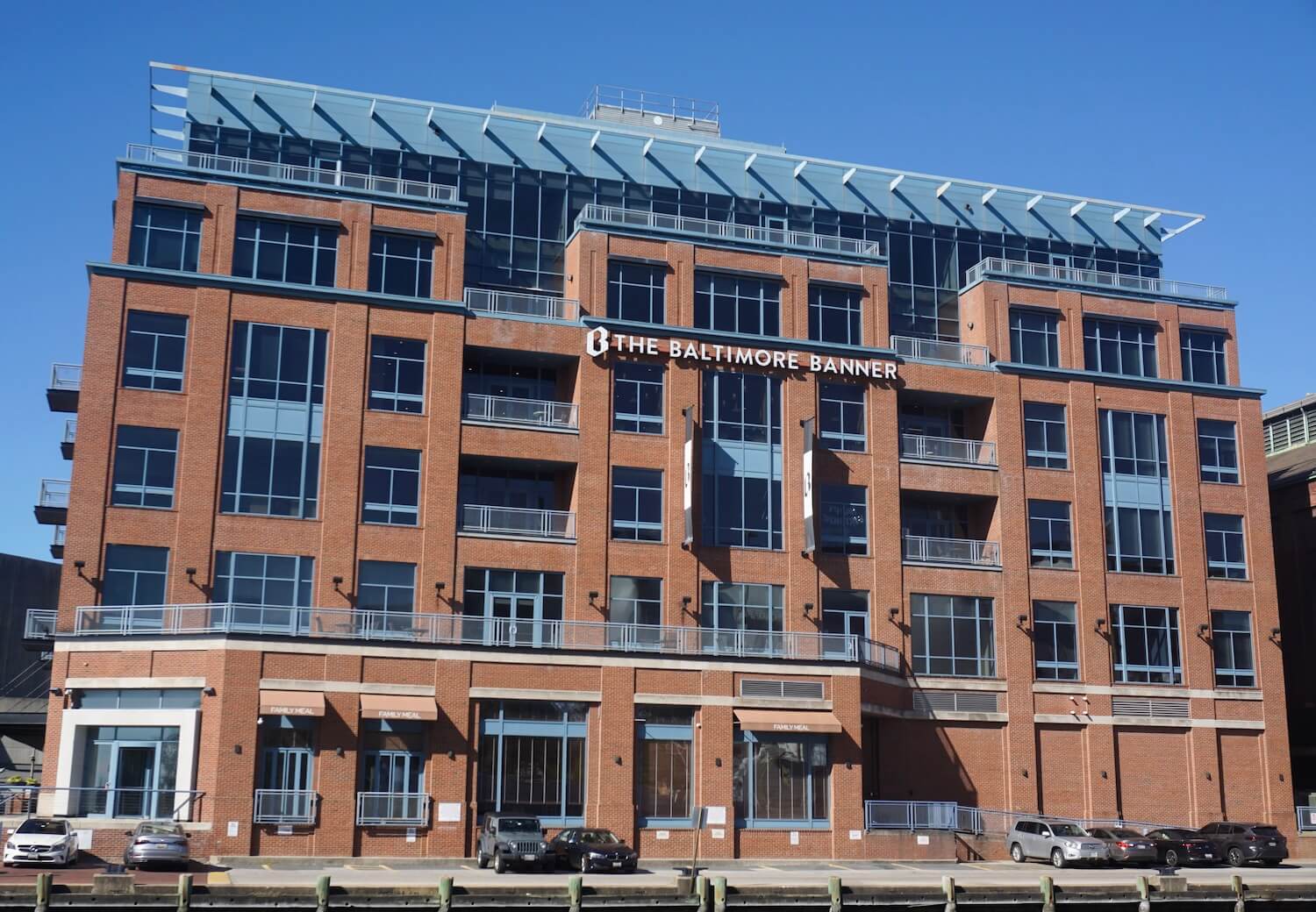The fight against misinformation has reached a new level of absurdity during the British Prime-Minister electoral campaign. Besides checking dozens of claims made by politicians on television debates, fact-checkers now have to be alert and report on it when a political party starts impersonating “a new and reliable verification platform” on its social media channels.
On Nov. 19, the leaders of the U.K.’s Conservative and Labor parties, Boris Johnson and Jeremy Corbyn, participated in the first election debate promoted by ITV. For a few hours, they presented their views on Brexit, shared their promises to improve the British public health system and commented about national and international economies.
But what really made that debate unforgettable was the Conservative Party’s decision to rebrand itself as a fact-checking platform on Twitter.
As soon as the event took off and both politicians started to talk, the Twitter handle used by the Tories’ press office (@CCHQPress) changed its design to look like a verification platform. The profile renamed itself to “FactCheckUK” and showed a white checkmark as its logo — an image usually seen on fact-checkers’ websites and social media channels.
Full Fact, the main fact-checking organization in the United Kingdom, released a statement just minutes later. It alerted voters to the trick and criticized those who were responsible for it.
“Why would a self-respecting, serious political party masquerade as something else to get its campaign points across??” asked Will Moy, Full Fact’s CEO, in the following days, during an interview with Radio 4.
Twitter didn’t like the conservatives’ gambit, either, and put out a statement that if the handle did it again, the platform would take “decisive corrective action”.
“We have global rules in place that prohibit behavior that can mislead people, including those with verified accounts. Any further attempts to mislead people by editing verified profile information – in a manner seen during the UK election debate – will result in decisive corrective action,” said the platform.
Conservatives, however, did not feel threatened and didn’t excuse themselves for the change @CCHQPress experienced for a few hours. When questioned, representative said that, despite the fact that the profile had visual changes, the account remained @CCHQPress, which could be seen by voters.
On Twitter, the handle doesn’t call users’ attention at all. It is usually seen in light gray in small letters.
 The worst of all is that it is just another attempt made by British politicians to deceive voters.
The worst of all is that it is just another attempt made by British politicians to deceive voters.
Conservatives have also changed BBC articles — especially their headlines — to make their politicians look better. In September, for example, Full Fact warned that the Tories had placed an ad on Facebook that altered a number reported by the BBC in an article about public schools.
In the real version, the British broadcasters reported that the government had a budget of 7 billion pounds to be sent to public schools. In the manipulated version of the text, it was 14 billion pounds.
A manifesto supposedly written by Labor Party members also appeared on the Internet some days ago, generating lots and lots of digital misinformation. The British press says that conservatives wrote it and planned a way to make it go viral online.
And last week, the Tories edited some BBC videos and, like magic, made Laura Kuenssberg, editor of BBC political section, and Huw Edwards, the host of a TV show called “News at 10,” appear on a Facebook ad openly criticizing Brexit — something they had never done.
BBC’s executives contacted Facebook and the platform deleted the ad because it violated the company’s copyright, not because it was a clear piece of disinformation. Conservatives complained, saying the ad did not have edited material and did not seek to deceive voters. The controversy was massive.
But there are attempts to deceive citizens among politicians from other parties, too.
On Nov. 26, the Yorkshire Post alerted the British that liberal Democrats in the city of Leeds were distributing a pamphlet that looked exactly like a tabloid, but it only had partisan and/or misleading articles.
In the false publication, called North West Leeds & Wharfedale News, readers found all the components that a citizen usually sees in a newspaper: a large photo on the cover with a grabbing headline, a logo at the top of the page and an op-ed column.
The “newspaper” was, in fact, a political pamphlet disguised — pure propaganda.
“The Yorkshire Post is calling this out because when political movements impersonate us, we are undermined,” wrote the newspaper’s editor. “When ordinary readers realize they’ve been hoodwinked by the medium that looks just like ours, the next time they come to read journalism produced by us, they will trust it that bit less.”
In an article published Dec. 1, the Financial Times gave its opinion about the impact that this current deceptive electoral campaign can have on the future of the United Kingdom. In a headline that went viral on social networks, the FT wrote: “In Britain’s dire election, truth is the first casualty.”
Read the Spanish version of this article at Univision.
Cristina Tardáguila is the associate director of the International Fact-Checking Network and the founder of Agência Lupa. She can be reached at ctardaguila@poynter.org.







